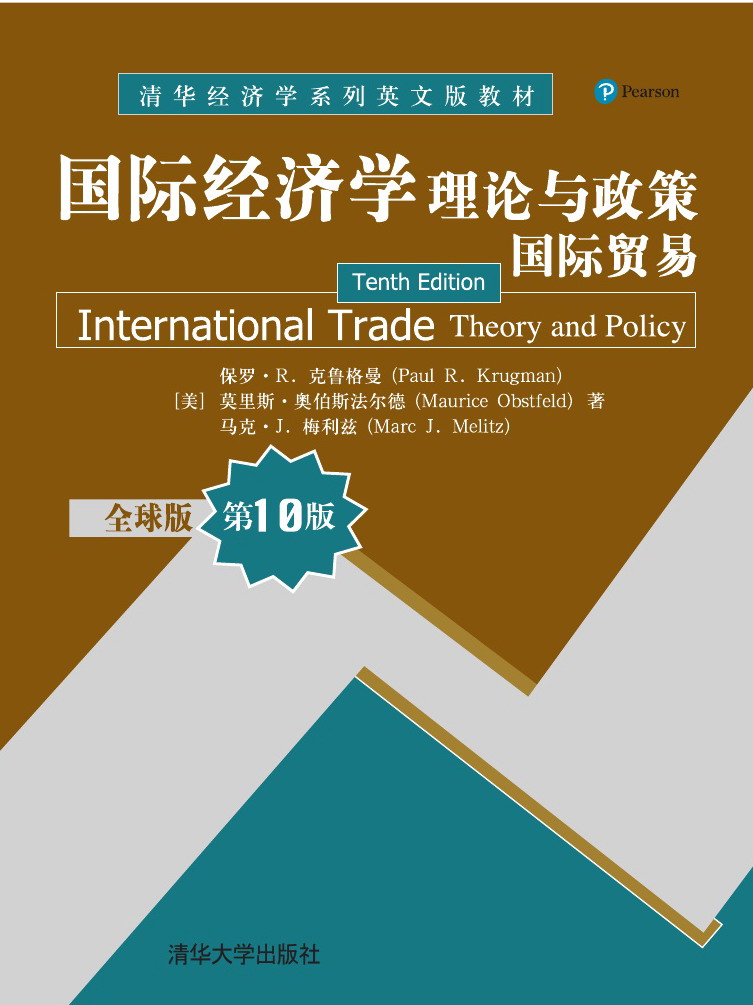





作者:[美]保罗·R. 克鲁格曼(Paul R. Krugman)、莫里斯·奥伯斯法尔德(Maurice Obstfeld)、马克·J. 梅利兹(Marc J. Melitz)
定价:59元
印次:1-6
ISBN:9787302573401
出版日期:2021.03.01
印刷日期:2025.07.21
图书责编:江娅
图书分类:教材
第1 章 绪论 第1 部分 国际贸易理论 第2 章 世界贸易:概览 第3 章 劳动生产率和比较优势:李嘉图模型 第4 章 特定要素和收入分配 第5 章 资源与贸易:赫克歇尔-俄林模型 第6 章 标准贸易模型 第7 章 外部规模经济和 第8 章 全球经济中的公司:出口决策、外包和跨国企业 第2部分 国际贸易政策 第9 章 贸易政策工具
普林斯顿大学教授,2008年诺贝尔经济学奖获得者,目前还担任许多国家和地区的经济政策咨询顾问。他的主要研究领域包括国际贸易、国际金融、货币危机与汇率变化理论,被誉为当今世界上最令人瞩目的贸易理论家之一。
Preface Years after the global financial crisis that broke out in 2007¨C2008, the industrial world¡¯s economies are still growing too slowly to restore full employment. Emerging markets, despite impressive income gains in many cases, remain vulnerable to the ebb and flow of global capital. And finally, an acute economic crisis in the euro area has lasted since 2009, bringing the future of Europe¡¯s common currency into question. This tenth edition therefore comes out at a time when we are more aware than ever before of how events in the global economy influence each country¡¯s economic for- tunes, policies, and political debates. The world that emerged from World War II was ...
Contents
Introduction 1
What Is International Economics About? 3
The Gains from Trade 4
The Pattern of Trade 5
How Much Trade? 5
Balance of Payments 6
Exchange Rate Determination 6
International Policy Coordination 7
The International Capital Market 8
International Economics: Trade and Money 8
Part 1 International trade theory 10
World Trade: An Overview 10
Who Trades with Whom? 10
Size Matters: The Gravity Model 11
Using the Gravity Model: Looking for Anomalies 13
Impediments to Trade: Distance, Barriers, and Borders 14
The Changing Pattern of World Trade 16
Has the World Gotten Smaller? 16
What Do We Trade? 18
Service Offshoring 19
Do Old Rules Sti... 查看详情
同系列产品
查看详情-
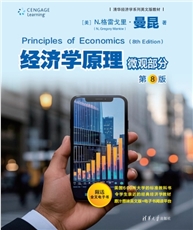
经济学原理 微观部分(第8版)
[美]N.格雷戈里·曼昆(N. Gregory Mankiw)
ISBN:9787302689201
定 价:79元
-
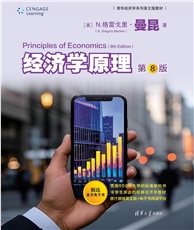
经济学原理(第8版)
[美]N.格雷戈里·曼昆(N. Gregory Mankiw)
ISBN:9787302689195
定 价:119元
-
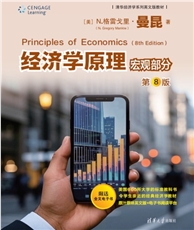
经济学原理 宏观部分(第8版)
[美]N.格雷戈里·曼昆(N. Gregory Mankiw)
ISBN:9787302689218
定 价:59元
-
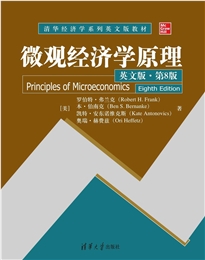
微观经济学原理(英文版·第8版)
[美]罗伯特·弗兰克(Robert H.Frank)、本·伯南克(Ben S. Bernanke)、凯特·安东诺维克斯( Kate Antonovics)、奥瑞·赫费兹(Ori Heffetz)
ISBN:9787302632313
定 价:69元



 电子书
电子书
 在线购买
在线购买
 分享
分享







